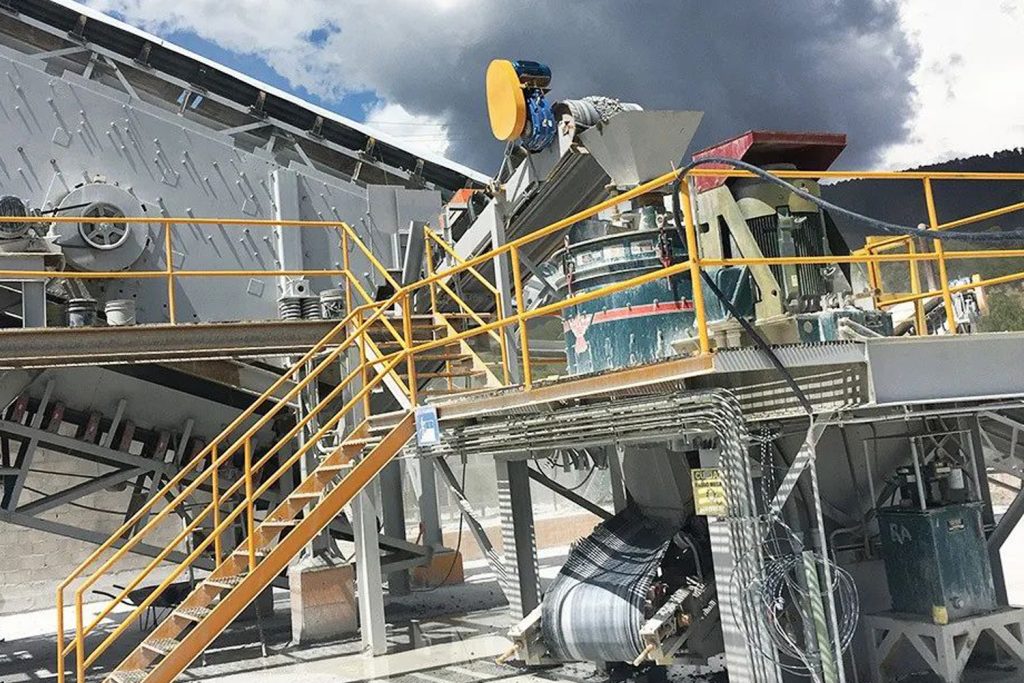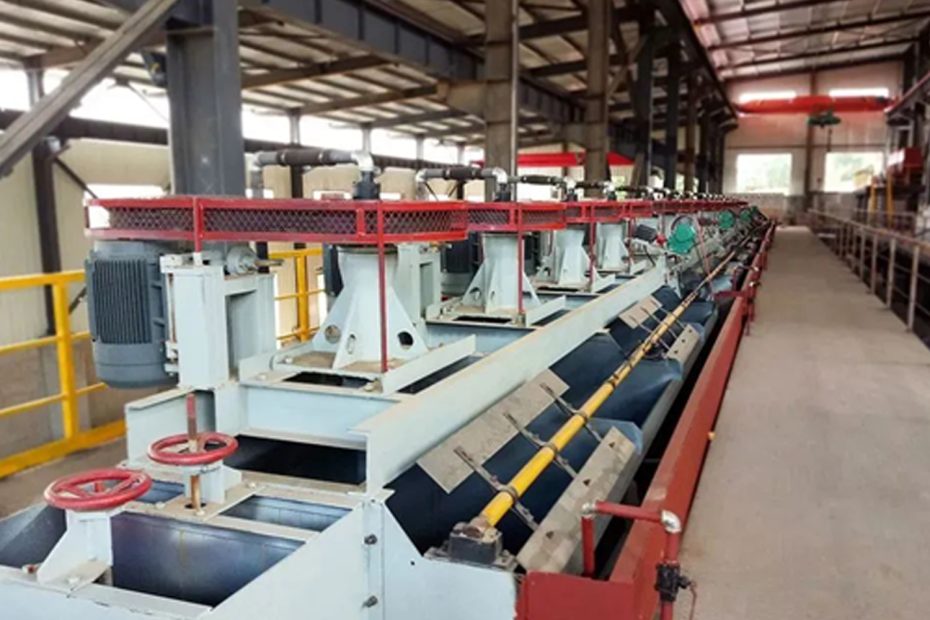Understanding Mineral Dressing
Mineral dressing encompasses a range of techniques used to separate, concentrate, and transform raw ores into valuable products. By applying physical, chemical, and sometimes biological methods, mineral dressing ensures the effective utilization of mineral resources.
Top 5 Types of Mineral Dressing Techniques
- Gravity Separation: Gravity separation is a widely used technique that exploits the varying densities of minerals to separate them from gangue minerals. It relies on the principle that denser particles settle faster under the influence of gravity. Notable gravity separation methods include jigging, shaking tables, spirals, and centrifugal concentrators.
- Magnetic Separation: Magnetic separation utilizes the magnetic properties of minerals to separate them from unwanted materials. By inducing a magnetic field, this technique effectively captures and separates magnetic minerals. Magnetic separators such as drums, belts, and pulleys are commonly employed in this process.
- Flotation: Flotation is a froth-based technique widely used for the separation of minerals from ores. Through the selective attachment of bubbles to specific mineral surfaces, valuable minerals can be separated from gangue minerals. This technique relies on the physical and chemical properties of minerals and is particularly effective in separating sulfide ores.
- Leaching: Leaching involves the extraction of valuable minerals from ores by using a solvent or reagent. It is commonly employed for the recovery of metals such as gold, silver, and copper. By dissolving the target minerals from the ore matrix, leaching facilitates their subsequent separation and purification.
- Electrostatic Separation: Electrostatic separation is a technique that separates minerals based on their electrical properties. By subjecting a mixture of minerals to an electric field, negatively or positively charged particles can be selectively attracted or repelled, leading to their separation. This method is particularly effective for separating conductive and non-conductive minerals.
Distinctive Features of Mineral Dressing Techniques
- Selectivity: Many mineral dressing techniques offer the advantage of selectivity, allowing for the separation and concentration of specific minerals of interest. This selectivity ensures efficient resource utilization, minimizing the loss of valuable minerals during the extraction process.
- Efficiency: Efficiency is a crucial aspect of mineral dressing techniques. These methods aim to maximize the recovery of valuable minerals while minimizing energy consumption, water usage, and waste generation. High efficiency ensures economic viability and environmental sustainability.
- Adaptability: Mineral dressing techniques are often adaptable to various ore types, mineral compositions, and processing conditions. This versatility allows for the effective processing of a wide range of ores, facilitating the extraction of valuable minerals from different geological sources.

Top 5 features of mineral dressing techniques
| Technique | Distinctive Features |
|---|---|
| Gravity Separation | Relies on varying densities of minerals |
| Magnetic Separation | Exploits the magnetic properties of minerals |
| Flotation | Separates minerals using froth-based selective attachment |
| Leaching | Extracts minerals by employing solvents or reagents |
| Electrostatic Separation | Separates minerals based on their electrical properties |
In conclusion
we explores different techniques of mineral dressing, delve into its various types, and highlight the distinctive features that make each approach essential in the field of mining and metallurgy.
